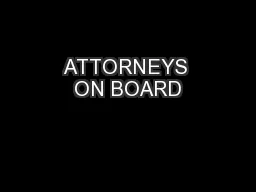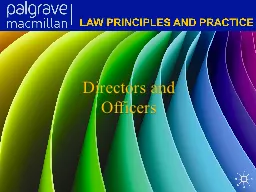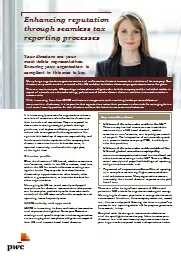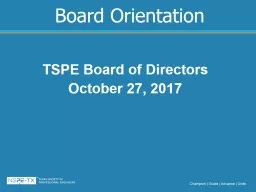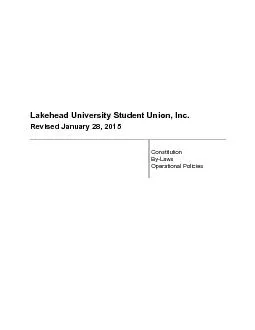PPT-Week 9 Board Structure & Directors
Author : dora | Published Date : 2023-11-04
Ownership structures and their impact on governance practices The prominent role of family owned firms in many countries and the evolution of governance in family
Presentation Embed Code
Download Presentation
Download Presentation The PPT/PDF document "Week 9 Board Structure & Directors" is the property of its rightful owner. Permission is granted to download and print the materials on this website for personal, non-commercial use only, and to display it on your personal computer provided you do not modify the materials and that you retain all copyright notices contained in the materials. By downloading content from our website, you accept the terms of this agreement.
Week 9 Board Structure & Directors: Transcript
Download Rules Of Document
"Week 9 Board Structure & Directors"The content belongs to its owner. You may download and print it for personal use, without modification, and keep all copyright notices. By downloading, you agree to these terms.
Related Documents


